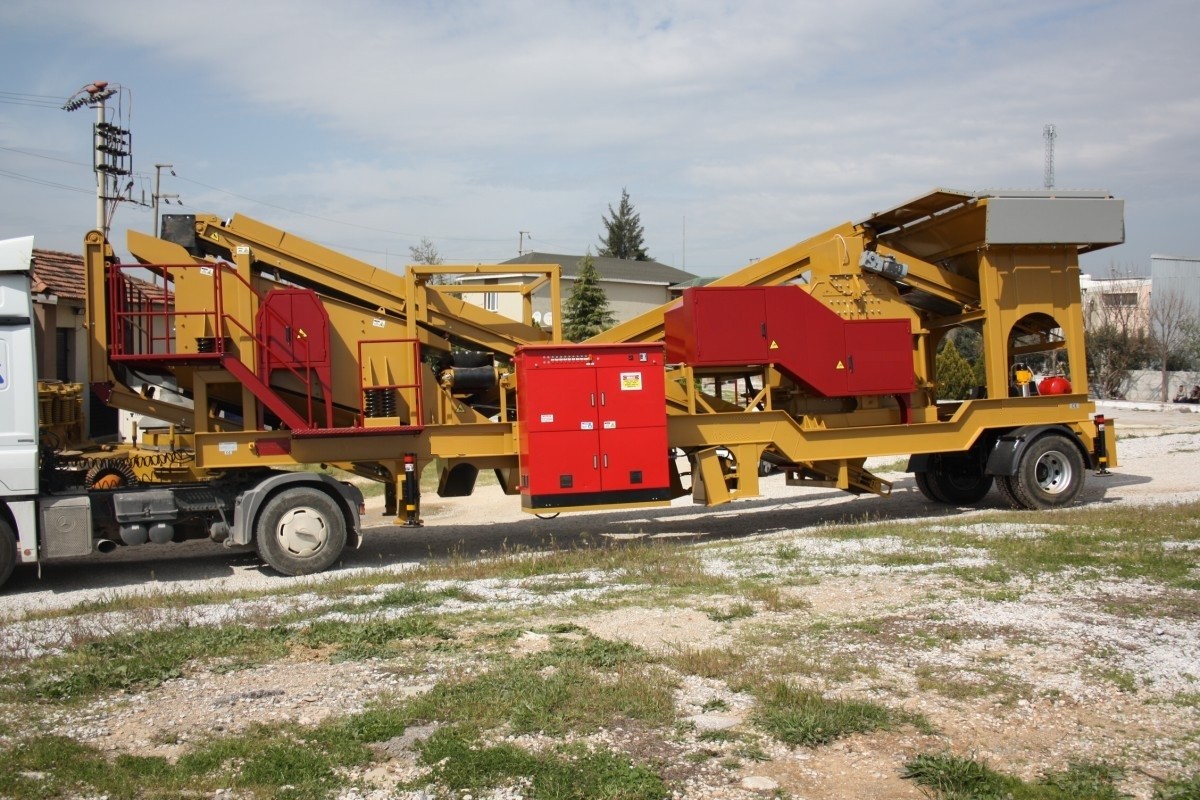Mobile Crusher and Aggregate Production Process
Mobile crusher plants are crushing and screening units designed to reduce stones, rocks, and similar materials to specific sizes used in construction, mining, and infrastructure sectors. Unlike fixed plants, mobile crushers are easily transportable and can be quickly set up on-site, making them highly efficient for short-term projects and operations at multiple locations.
1. What is a Mobile Crusher?
A mobile crusher consists of a crushing unit (jaw, impact, cone, etc.), screening unit, conveyor belts, and control systems mounted on a chassis. It can be wheel-mounted or tracked, providing high maneuverability on-site. These plants can have a production capacity ranging from 50 to 500 tons per hour.
2. What is Aggregate and Where is it Used?
Aggregate is a fundamental component of construction materials such as concrete, asphalt, and fill. It typically consists of crushed stone, gravel, or sand. Aggregates are used in road construction, building structures, dams, railways, and more.
3. Production Process
a) Feeding:
Raw material (stone, rock, etc.) is fed into the mobile crusher via a loader or excavator. The feeding hopper ensures a steady supply to the crusher.
b) Crushing:
The raw material is crushed by a jaw crusher, impact crusher, or cone crusher, depending on its hardness and the desired output.
c) Screening:
The crushed material is screened through vibrating screens to classify it into desired sizes such as 0-5 mm, 5-12 mm, and 12-25 mm.
d) Conveyor Belts:
After screening, the final products are transported via conveyor belts to stockpiles or directly loaded into trucks.
e) Dust Control:
Dust generated during operation is managed using water spray systems or filtration units.
4. Advantages
-
Mobility: Easily transported between job sites.
-
Time-Saving: Quick setup and relocation.
-
Flexibility: Compatible with various crusher types.
-
Cost-Effective: Reduces transportation costs through on-site production.
 English
English
 Le français
Le français
 Türkçe
Türkçe

